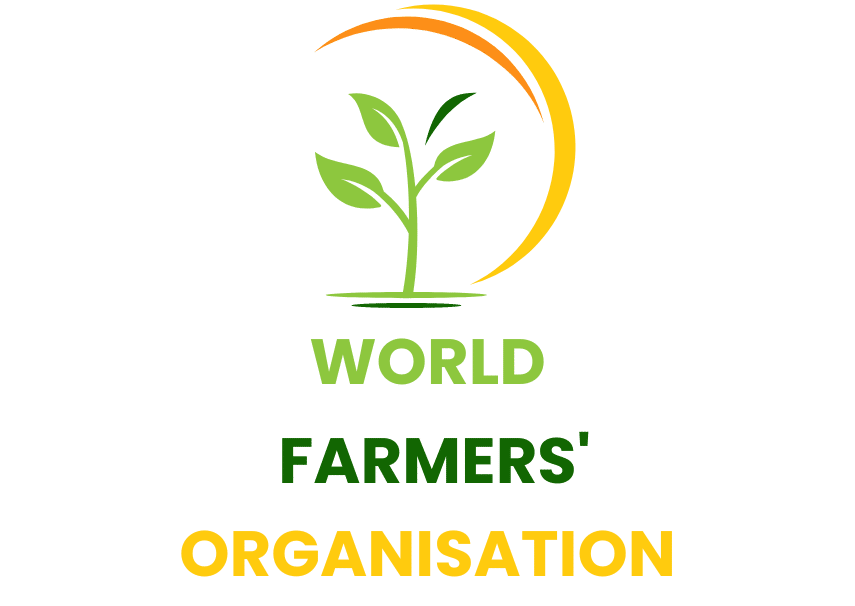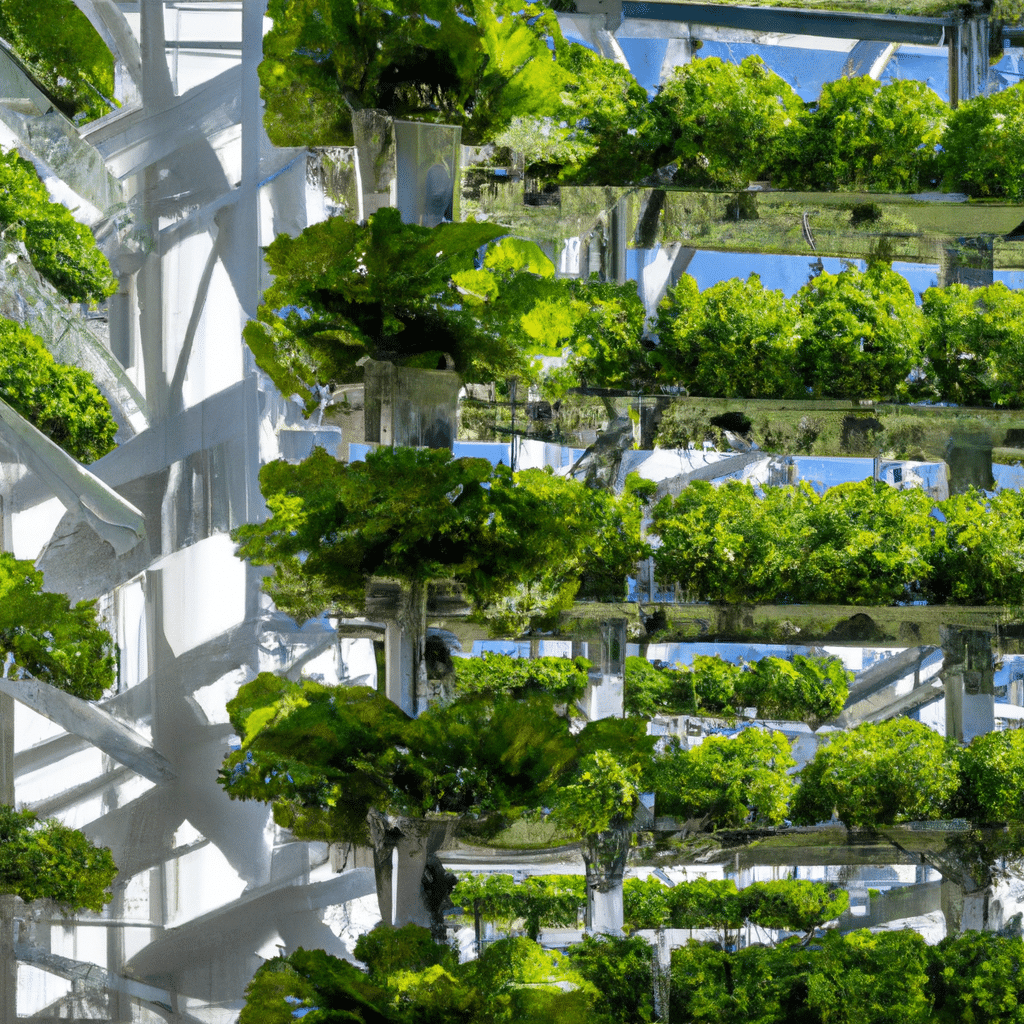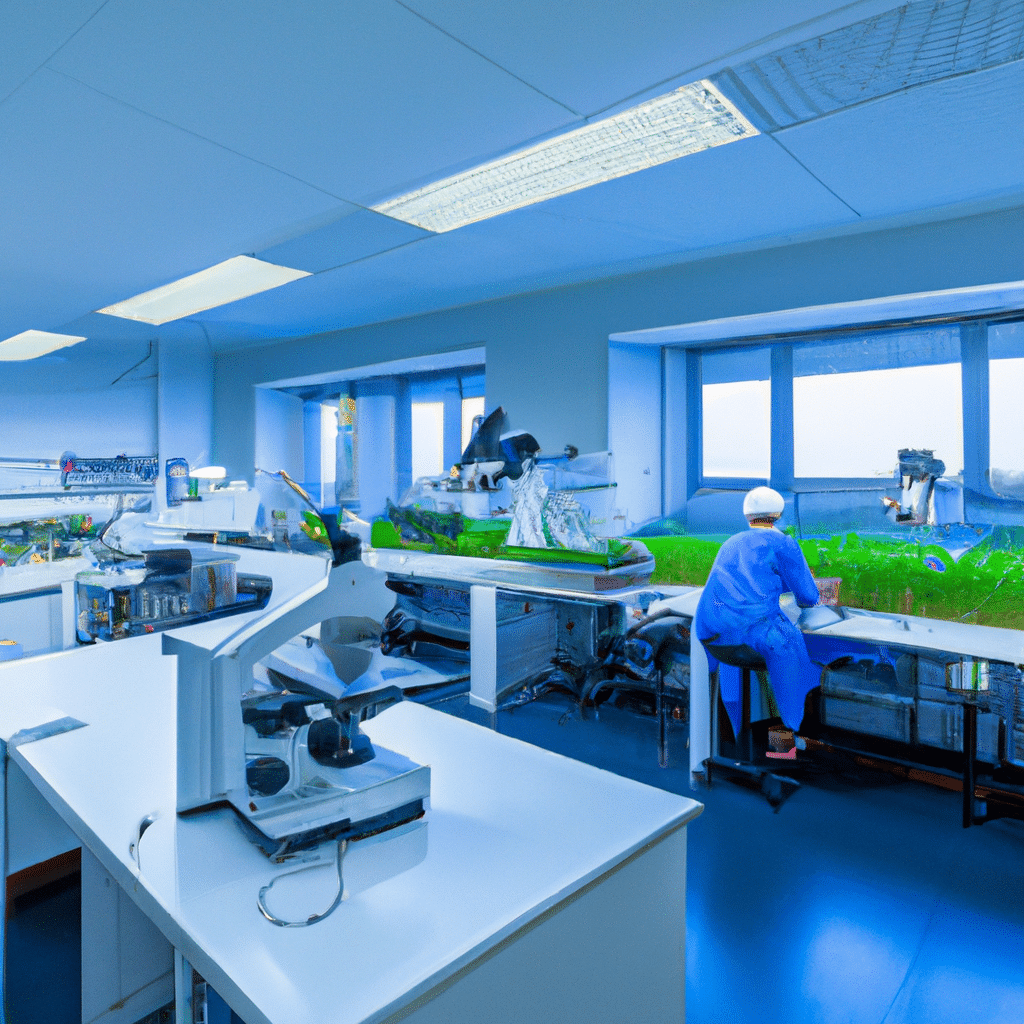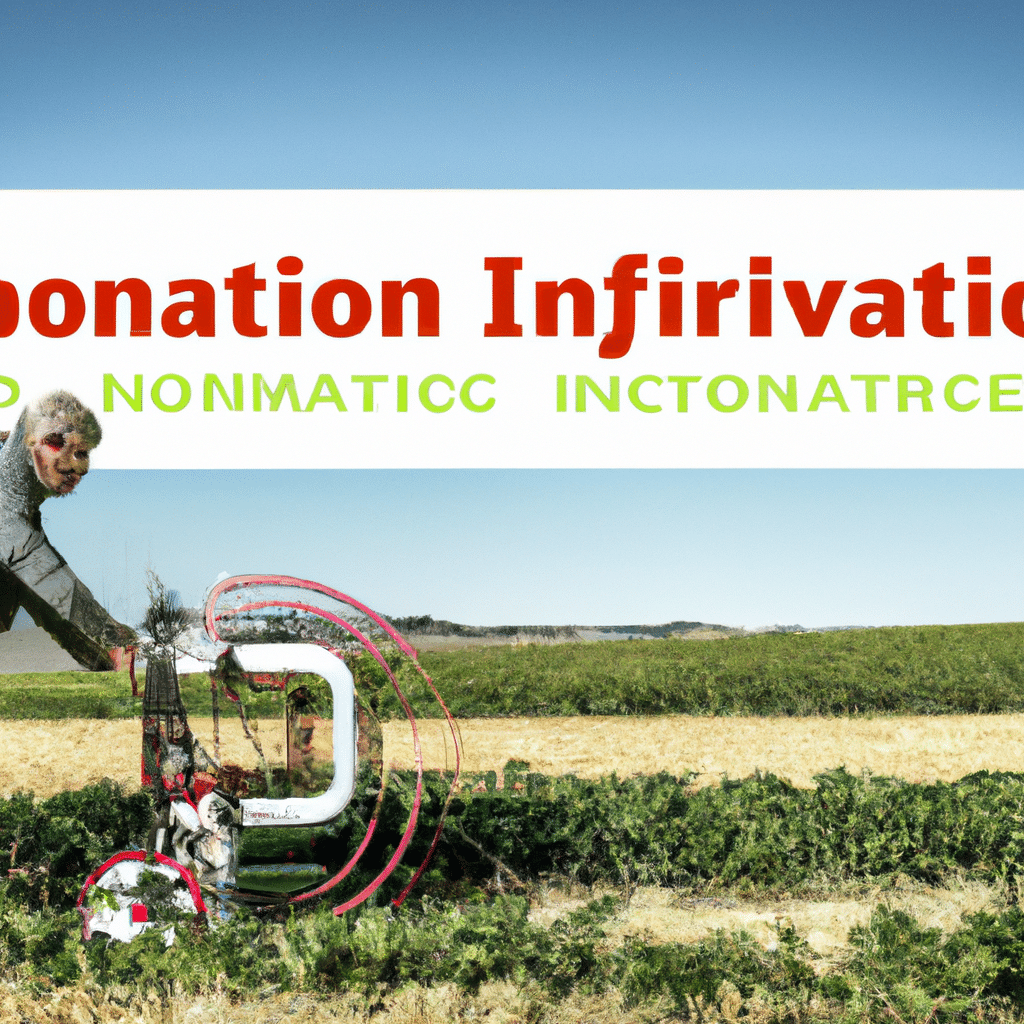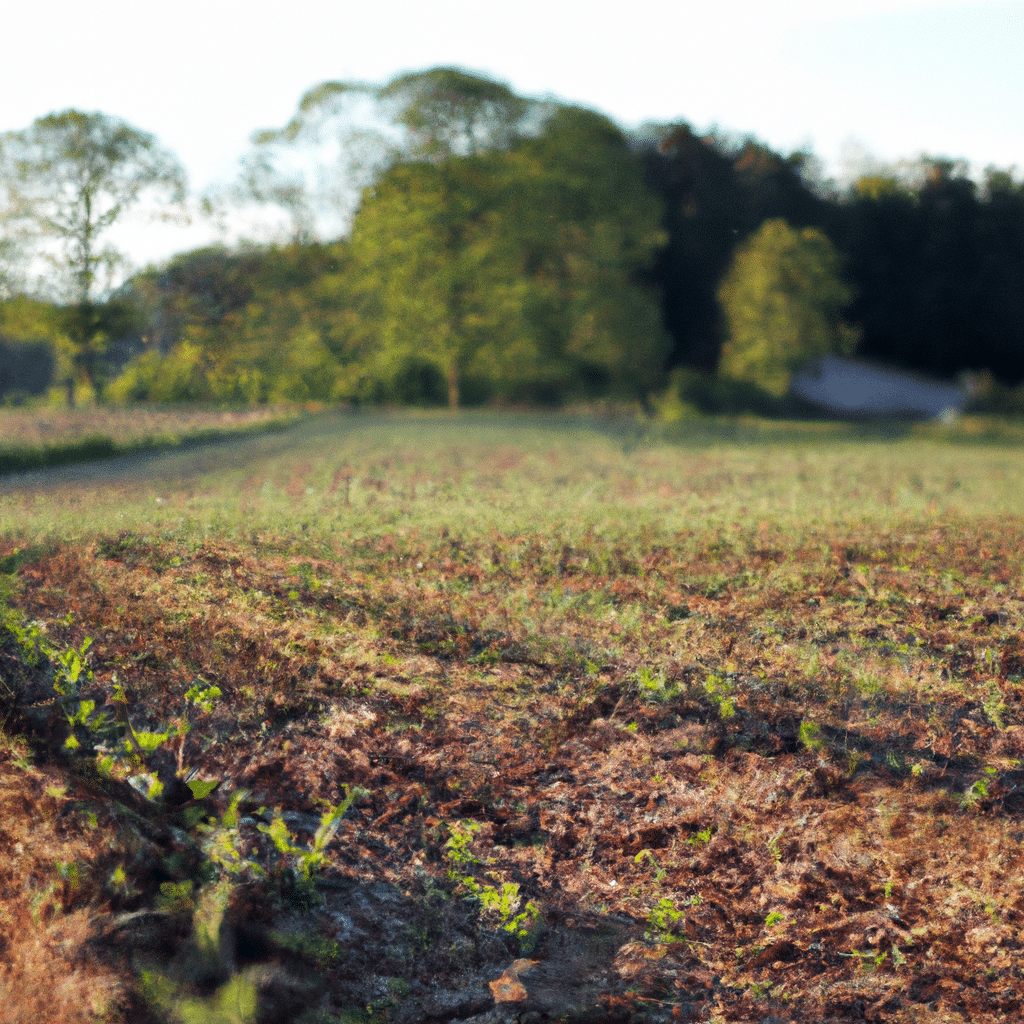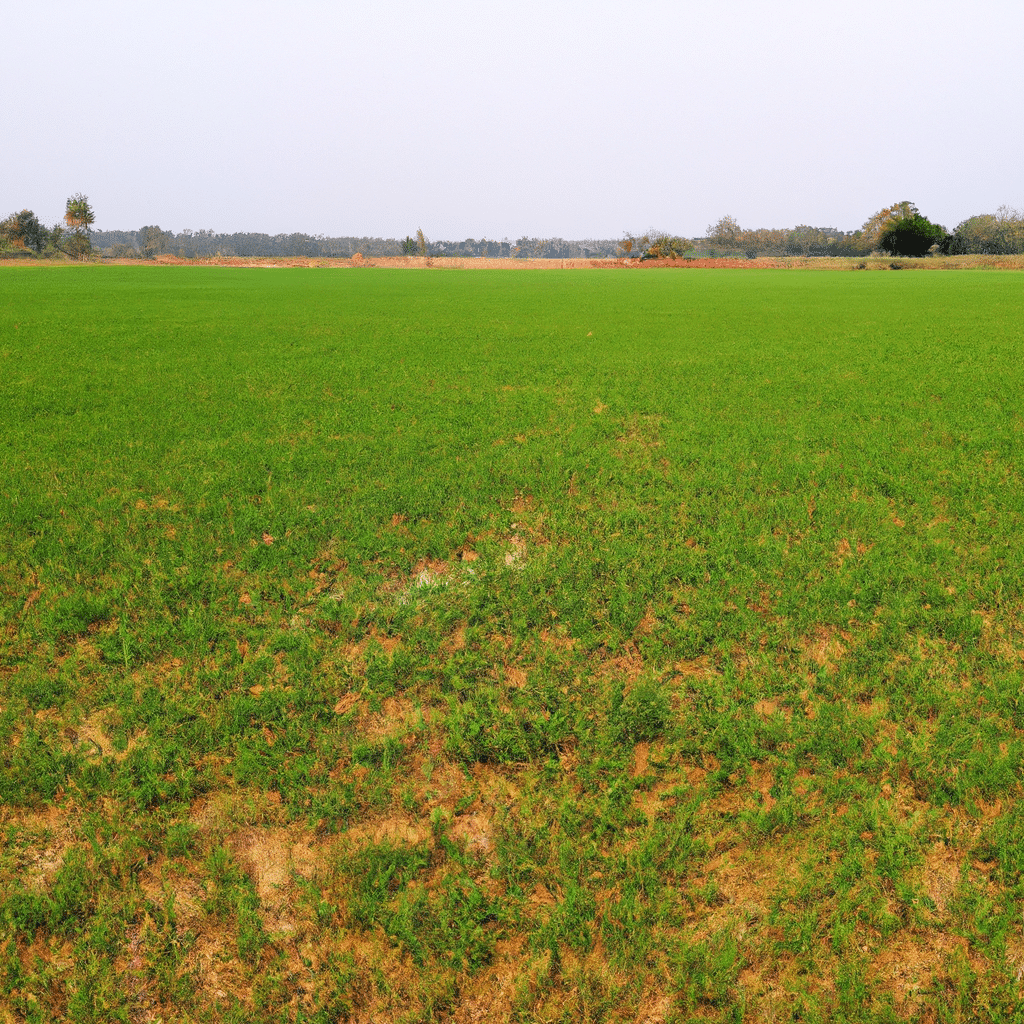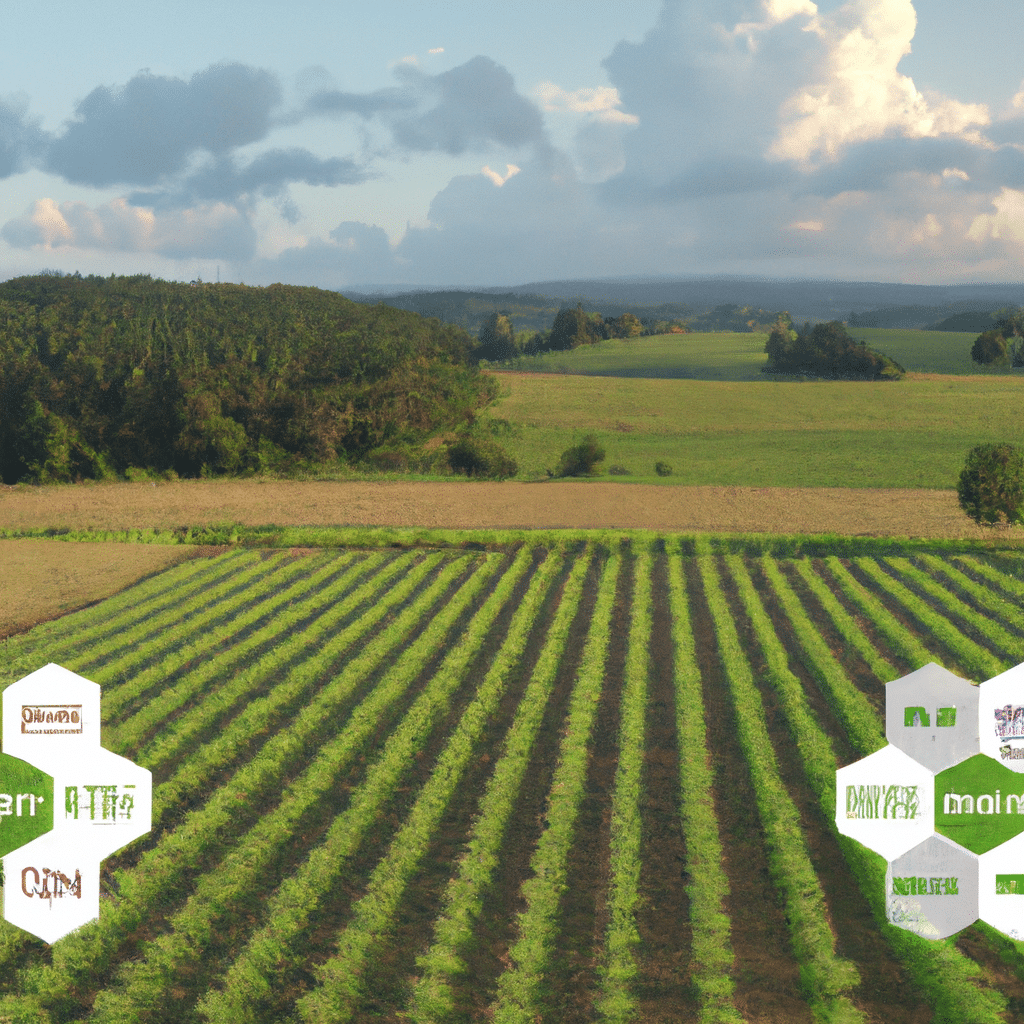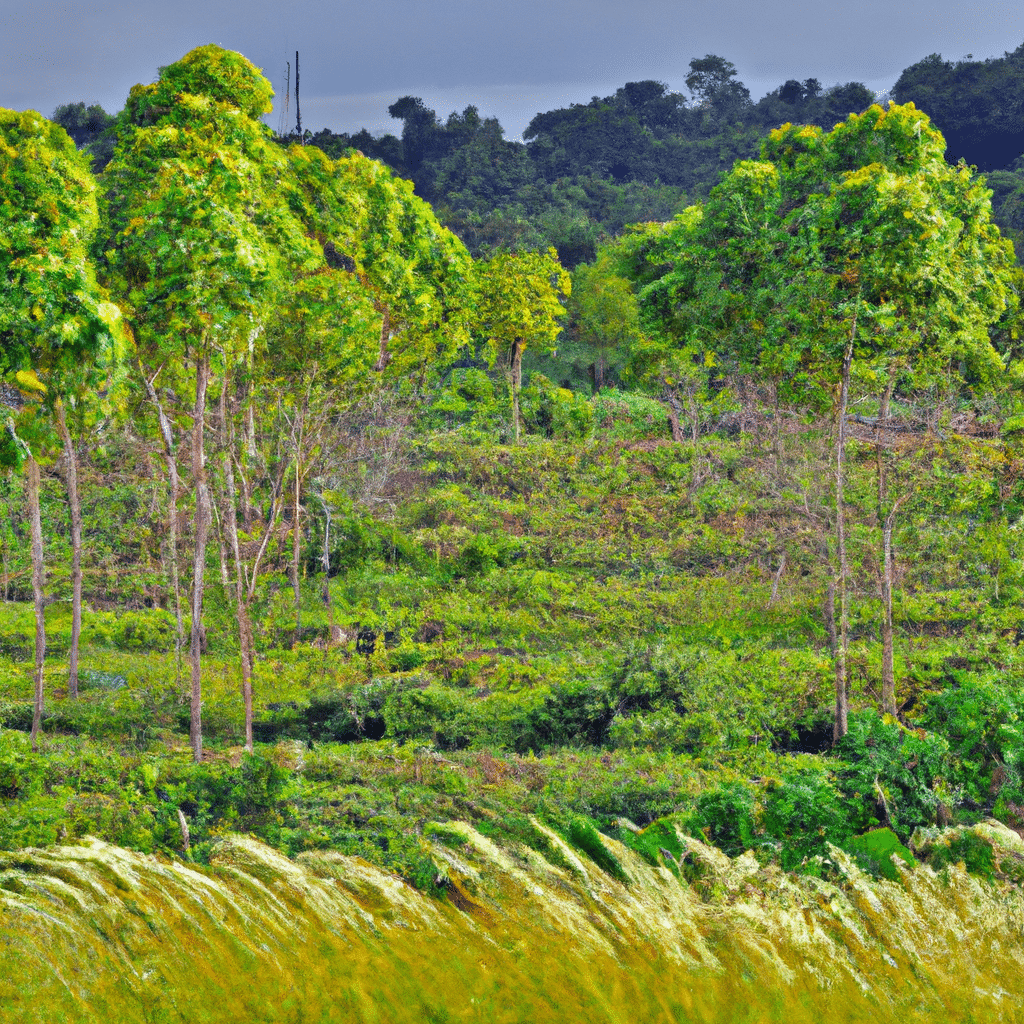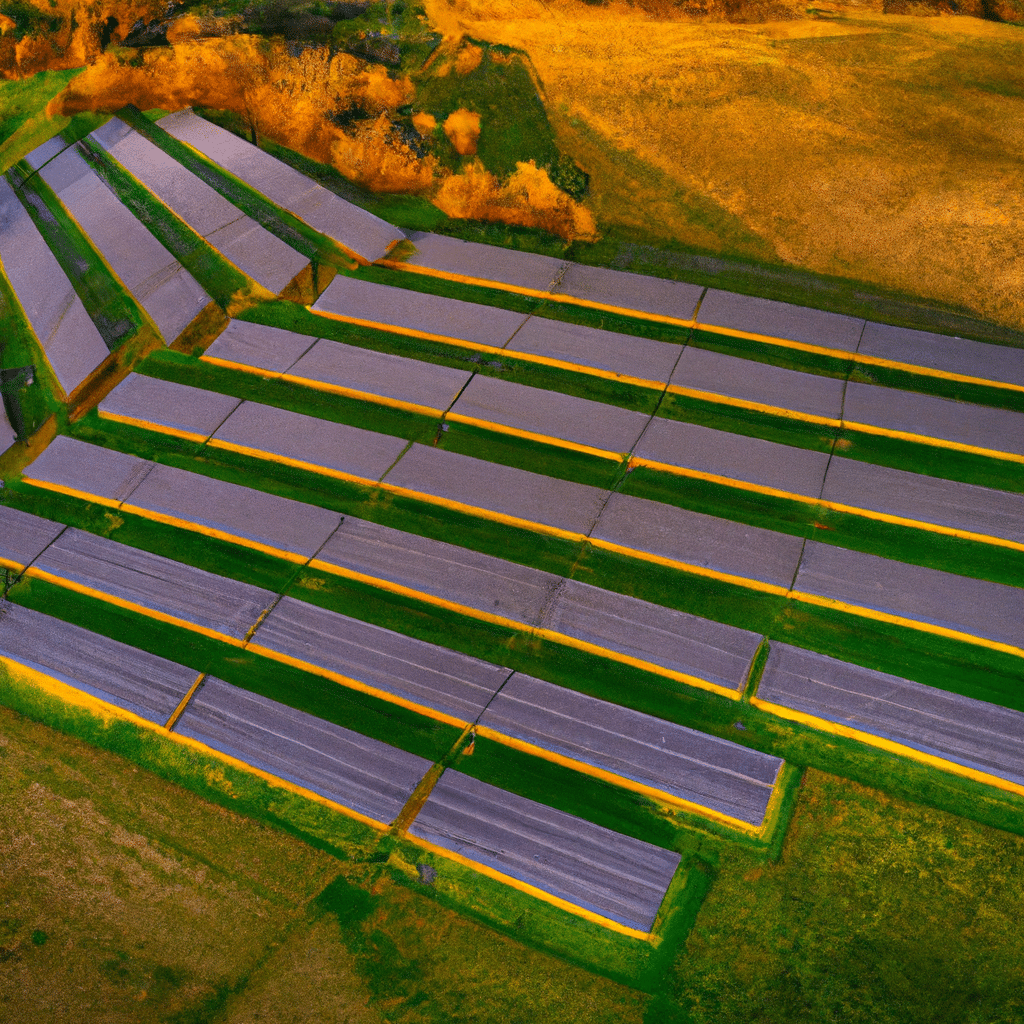In today’s world, where the global population continues to grow at an unprecedented rate, finding sustainable solutions to combat hunger and ensure food security has become a pressing concern. Traditional agricultural methods are facing numerous challenges such as limited land availability, water scarcity, and climate change. However, there is a glimmer of hope on the horizon – vertical farming. This innovative approach to agriculture holds the potential to revolutionize the way we produce food and address the looming threat of world hunger.
Understanding Vertical Farming: A New Paradigm
Vertical farming is a cutting-edge agricultural technique that involves growing crops in vertically stacked layers. Unlike traditional farming, which relies on vast expanses of land, vertical farming utilizes indoor environments such as warehouses or skyscrapers to cultivate crops. By leveraging advanced technologies, such as hydroponics, aeroponics, and artificial lighting, vertical farms can optimize resource usage and maximize crop yields.
Unleashing the Potential of Vertical Farming
Vertical farming offers a multitude of advantages that make it a viable solution for addressing the challenges of world hunger. Here are some key benefits:
- Increased Crop Yield: By utilizing vertical space and employing advanced cultivation techniques, vertical farms can achieve significantly higher crop yields compared to traditional methods. This increased productivity can help meet the growing demand for food as the global population continues to rise.
- Year-Round Production: Unlike traditional farming, which is heavily dependent on seasonal variations, vertical farming allows for year-round production. By creating controlled environments, farmers can eliminate the limitations imposed by weather conditions and cultivate crops consistently throughout the year.
- Optimized Resource Usage: Vertical farms employ resource-efficient technologies such as hydroponics, where plants are grown in nutrient-rich water solutions instead of soil. This method requires up to 90% less water compared to conventional farming and eliminates the need for pesticides. Additionally, vertical farming minimizes land usage, making it an ideal solution for urban areas with limited available space.
- Reduced Transportation Costs: By bringing food production closer to urban centers, vertical farming reduces the need for long-distance transportation. This not only cuts down on carbon emissions but also decreases the cost of transporting fresh produce from rural areas to cities, making nutritious food more accessible and affordable.
The Implications of Vertical Farming on World Hunger
With an estimated 9.7 billion people projected to inhabit the Earth by 2050, the need for sustainable food production is more critical than ever. Vertical farming offers a promising solution in the fight against world hunger by addressing the following challenges:
Addressing Land Constraints
As urbanization continues to expand, arable land becomes increasingly scarce. Vertical farming’s ability to grow crops in compact indoor environments offers a practical solution to this problem. By utilizing vertical space, we can overcome the limitations imposed by land availability and cultivate crops in urban areas, closer to the consumers.
Mitigating Climate Change Impacts
Climate change poses a significant threat to traditional agriculture. Extreme weather events, such as droughts and floods, can devastate crops and compromise food production. Vertical farming’s controlled environments provide a shield against such climate-related risks. By creating optimal growing conditions, we can protect crops from adverse weather and ensure a stable food supply.
Promoting Food Security and Self-Sufficiency
Vertical farming has the potential to enhance food security by reducing dependence on external sources for food supply. With localized production, communities can become more self-sufficient, relying less on imports and vulnerable supply chains. This resilience ensures a constant food supply, even in times of crisis or disruptions.
Overcoming Challenges and Expanding Adoption
While vertical farming holds immense promise, there are some challenges that need to be addressed for widespread adoption and scalability. These include:
High Initial Investment
Setting up a vertical farm requires significant upfront investment in infrastructure, technology, and operational costs. However, as the technology evolves and economies of scale come into play, the costs are expected to decrease, making vertical farming more accessible to a broader range of farmers and entrepreneurs.
Energy Consumption
Vertical farms rely heavily on artificial lighting to provide the necessary spectrum for plant growth. This reliance on electricity can lead to high energy consumption. However, advancements in energy-efficient LED lighting and renewable energy sources can help mitigate this challenge and make vertical farming more sustainable in the long run.
Regulatory Frameworks
As vertical farming is a relatively new concept, regulatory frameworks and standards need to be developed to ensure food safety, quality, and compliance. Collaboration between governments, agricultural organizations, and industry stakeholders is crucial to establish guidelines that foster innovation while addressing any potential risks associated with this technology.
Conclusion
Vertical farming represents a transformative solution to the pressing issue of world hunger. By leveraging advanced technologies, vertical farms can overcome the limitations of traditional agriculture and provide a sustainable means of food production. The increased crop yields, optimized resource usage, and reduced transportation costs make vertical farming an attractive prospect for the future. As we continue to innovate and overcome the challenges, vertical farming has the potential to feed the growing global population, ensuring a more secure and prosperous future for all.
